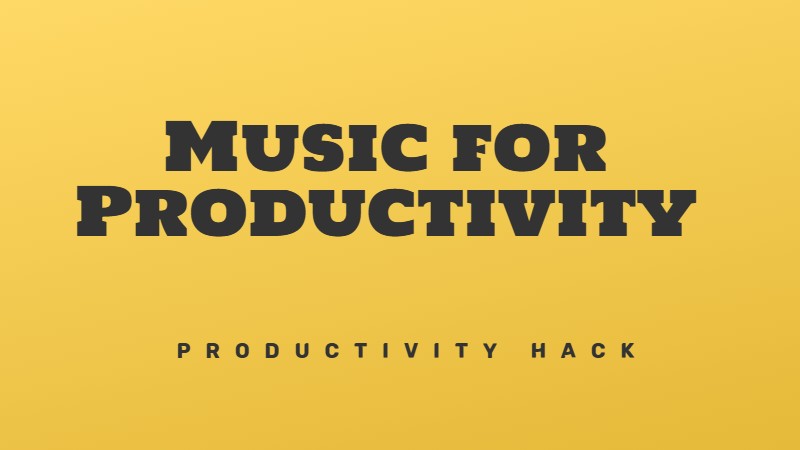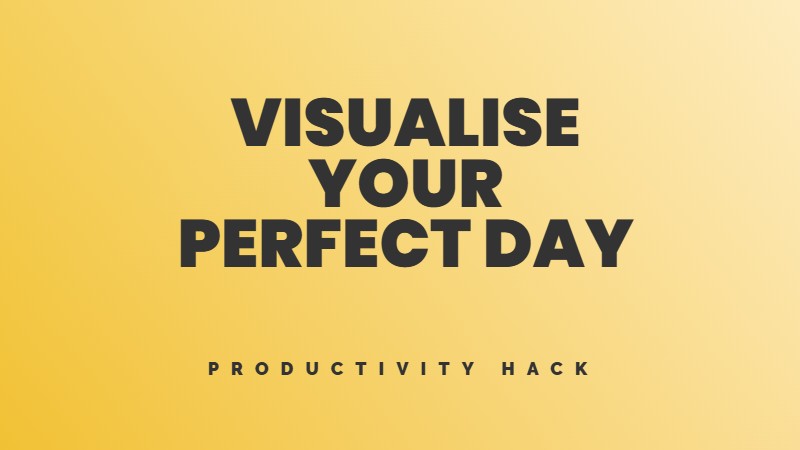You might think the only way to make positive changes is to grit your teeth and suffer through it. Wake up earlier. Work harder. Resist temptation. But you’re fighting your own psychology. Willpower is a finite resource. Motivation comes in waves. The secret to lasting change is to make the desired behaviour the path of least resistance.
Modify your environment to support your goals
Building good habits isn’t easy. Most people rely on motivation, willpower and guilt to adopt positive behaviours. But these approaches are temporary and often ineffective.
As behavioural economist Richard Thaler has found, the secret to lasting change is to design your environment in a way that makes good choices automatic. This is the core idea behind the nudge theory. By making small tweaks to your surroundings and default choices, you can guide yourself to make better decisions without thinking about it.
The beauty of nudges is that once they’re set up, they work in the background to shape your behaviour. Over time, these automatic good decisions add up to meaningful improvements.
Here are some of the most effective ways to apply nudge theory to key areas of your life:
Money
Health
Relationships
Work
As you go through your week, look for opportunities to design your surroundings in a way that supports your goals and aspirations. The key is to spot moments of friction or weakness in your day and close those gaps with tiny environmental tweaks.
Conclusión
Stop fighting yourself. Stop relying on fickle motivation and limited willpower to force good habits. Instead, look for the subtle obstacles in your environment that trigger bad decisions. Eliminate friction from positive actions while adding it to negative ones. Design your surroundings to make good choices almost automatically.
Your environment drives your behaviour, so craft that environment with intention. Tiny tweaks, remarkable results.




Deja tu opinión sobre esto